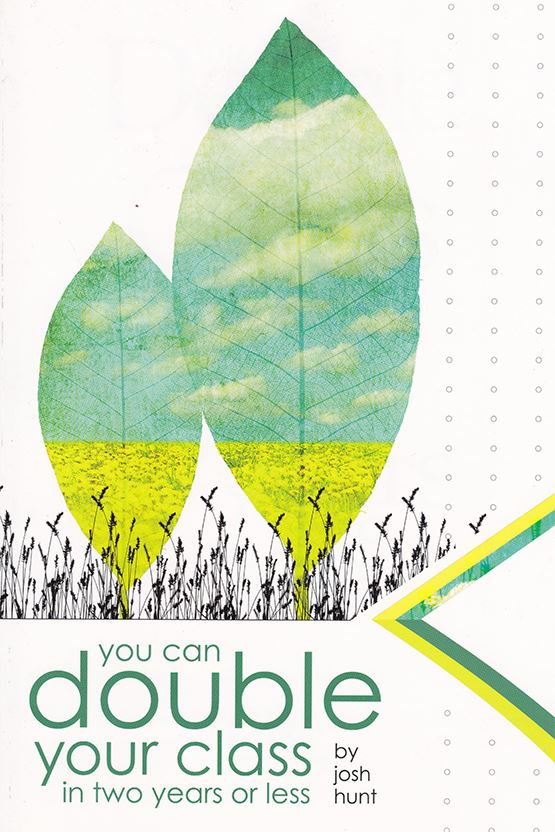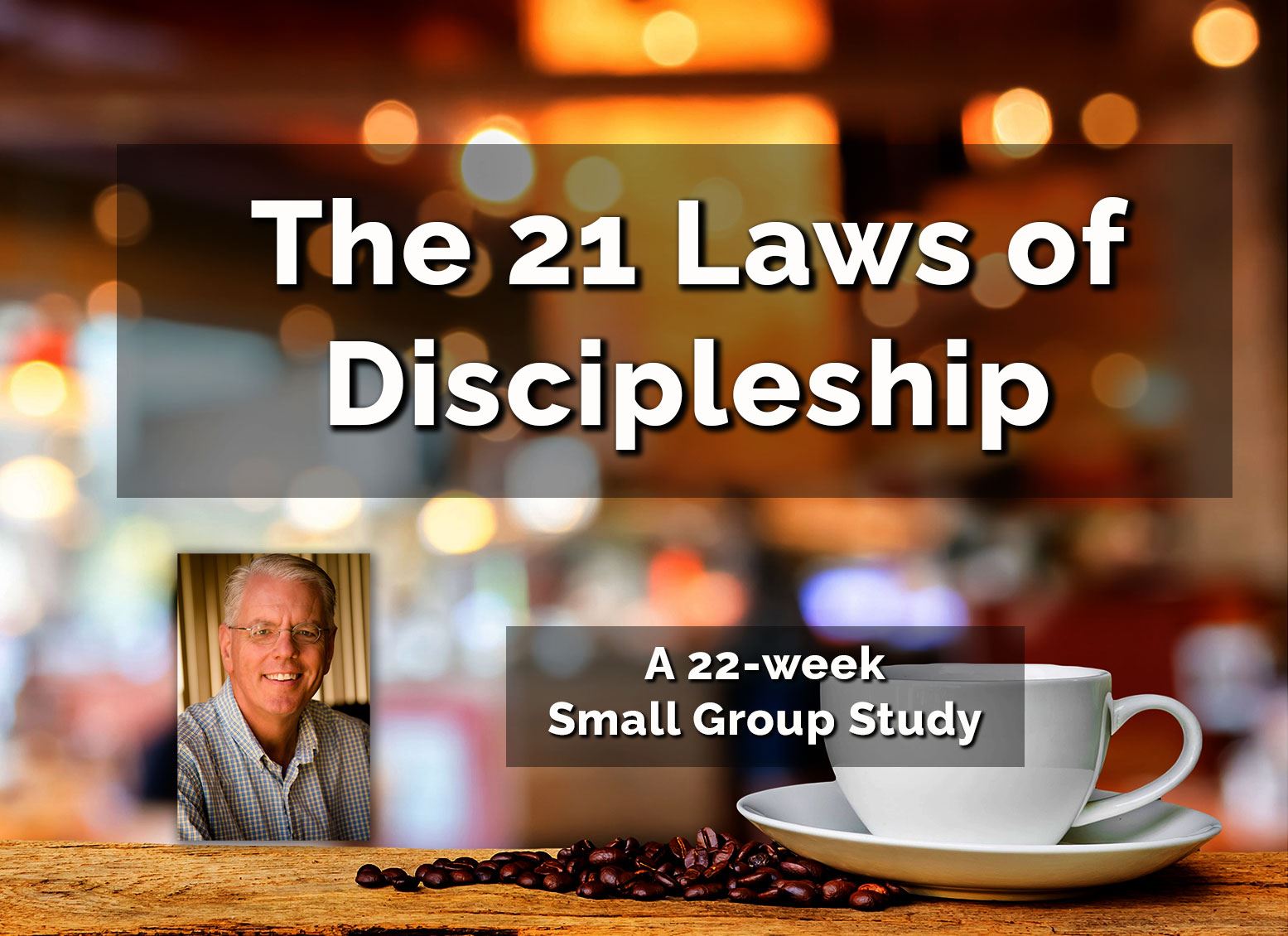Ancient Words of Praise | Praise, in its essence, is adoration of God. For a workable definition, however, we must qualify this. Praise is always active, assertive, demonstrative, and open. It is not passive, presumptuous, undemonstrative, or secretive. Wherever it is mentioned, movement, action, sounds, and songs are seen and heard. In the Psalms, our chief source of references to praise and its exercise seems to be in three categories. Praise may be vocal. “My mouth will speak in praise of the Lord” (Ps. 145:21). In yet another instance he says, “My lips shall praise you” (Ps. 63:3). In a number of places we note that a shout is involved. “Shout with joy to God, all the earth!” (Ps. 66:1). Still another reference is that of “proclaiming aloud your praise” (Ps. 26:7). Thus praise may be vocal adoration. Praise may be audible without being vocal. Clapping is audible. “Clap your hands, all you nations” (Ps. 47:1a). Other means of audible praise are mentioned in Psalm 150:3–5. “Praise him with the sounding of the trumpet, praise him with the harp and lyre, praise him with the tambourine and dancing, praise him with the strings and flute, praise him with the clash of cymbals, praise him with resounding cymbals.” There are forms of praise that are neither vocal nor audible. One is the lifting of the hands. “In your name I will lift up my hands,” declared the Psalmist in Psalm 63:4. We will deal more extensively with this form of praise later when we examine the Hebrew words for praise. Another form of praise that is neither vocal nor audible is dancing. David danced before the Lord when the ark was finally brought to its rightful place. The record reads, “So all Israel brought up the ark of the covenant of the Lord with shouts, with the sounding of rams’ horns and trumpets, and of cymbals, and the playing of harps and lyres.” As the ark of the covenant was entering the city of David, Michal, the daughter of Saul, watched from a window. And when she saw King David dancing and celebrating she “despised him in her heart” (1 Chron. 15:28–29). David suggests in Psalm 149:3, “Let them praise his name with dancing.” Yet another form of praise that is visible, yet not audible or vocal, is that of kneeling. One of the words used in connection with praise in the Old Testament is havah. It is used more than sixty times in the Old Testament and refers to a position of prostration or kneeling. It is generally translated “worship.” Though we will discuss in more detail all of these forms of praise later, it is not too early to begin to implement them into your personal praise time. Heed the projects on praise listed below. Let us use, then, as our working definition of praise, the following description: praise is adoration of God that is vocal, audible, or visible (any one or all of these at a time). Here are a few of the references in the Word to this form of praise: 1 Chronicles 16:29: “Bring an offering and come before him; worship [havah] the Lord in the splendour of his holiness.” 2 Chronicles 20:18: “Jehosaphat bowed with his face to the ground, and all the people of Jerusalem and Judah fell down in worship [havah] before the Lord. Psalm 96:9: “Worship [havah] the Lord in the splendour of his holiness.” Jack R. Taylor, The Hallelujah Factor (Nashville, TN: Broadman Press, 1983), 18–19. |











